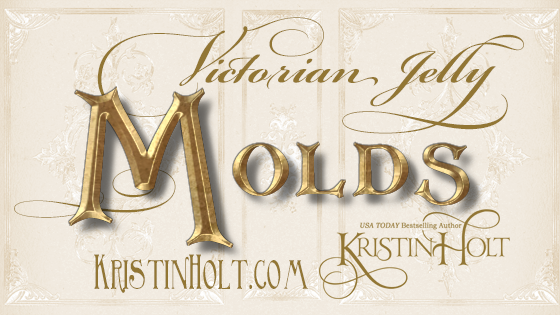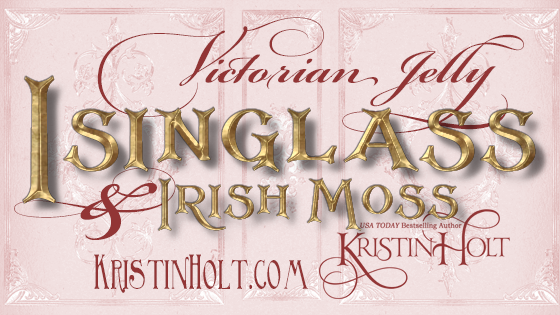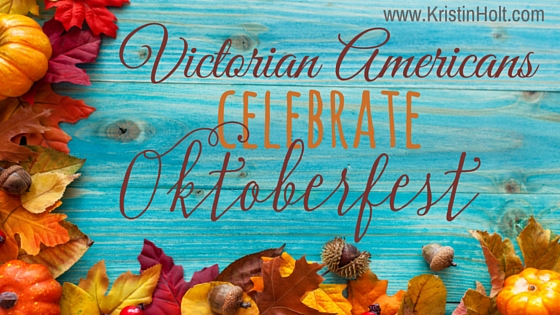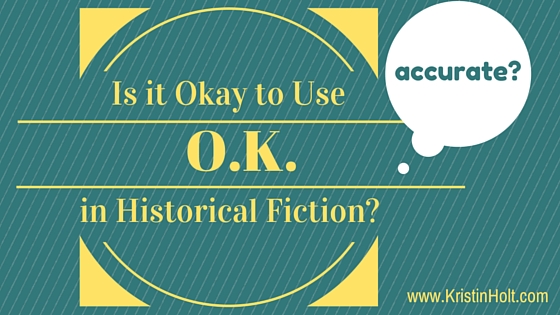
Victorian Jelly: Molds
Fancy jellies graced 19th century tables, molded in dishes made of tin, zinc, copper, and various ceramics. Photographs of antiques, together with vintage advertisements, illustrate this Victorian kitchen staple.

Fancy jellies graced 19th century tables, molded in dishes made of tin, zinc, copper, and various ceramics. Photographs of antiques, together with vintage advertisements, illustrate this Victorian kitchen staple.

Victorian Jellies were all the rage throughout nineteenth-century America and Victoria’s British Isles.
Through mid-century, cooks relied on various gelling agents to set up their moulded creations. Two of those articles from the sea–isinglass and Irish moss–are illustrated by means of Victorian-era recipe books and newspaper advertisements.

Oktoberfest is a multi-national celebration of German culture, held annually in Munich, Germany and in many other locations worldwide. German immigrants to the United States before and during the Victorian Era brought the custom with them. The sixteen-day festival of parades, music, food, and folkloric dancing begins on the third Saturday of September each year. The 2016 holiday begins today, September 17, 2016.

When did the term “O.K.” or “okay” find its way into common use in American English? Is it incorrect (and inaccurate) to use “okay” in 19th century fiction? What if it’s spelled “O.K.”? What does O.K. stand for, anyway? I’ve provided numerous historical newspaper articles and snippets showing the etymology and proving one of the spellings (O.K.) is highly accurate in the 19th century, but the other (okay) is not.